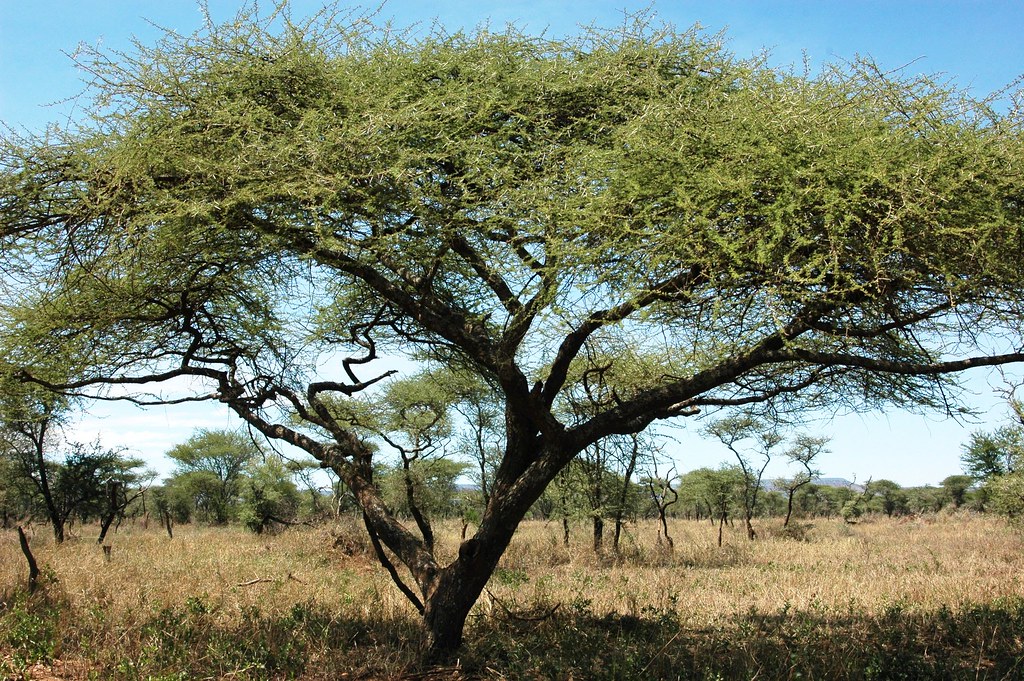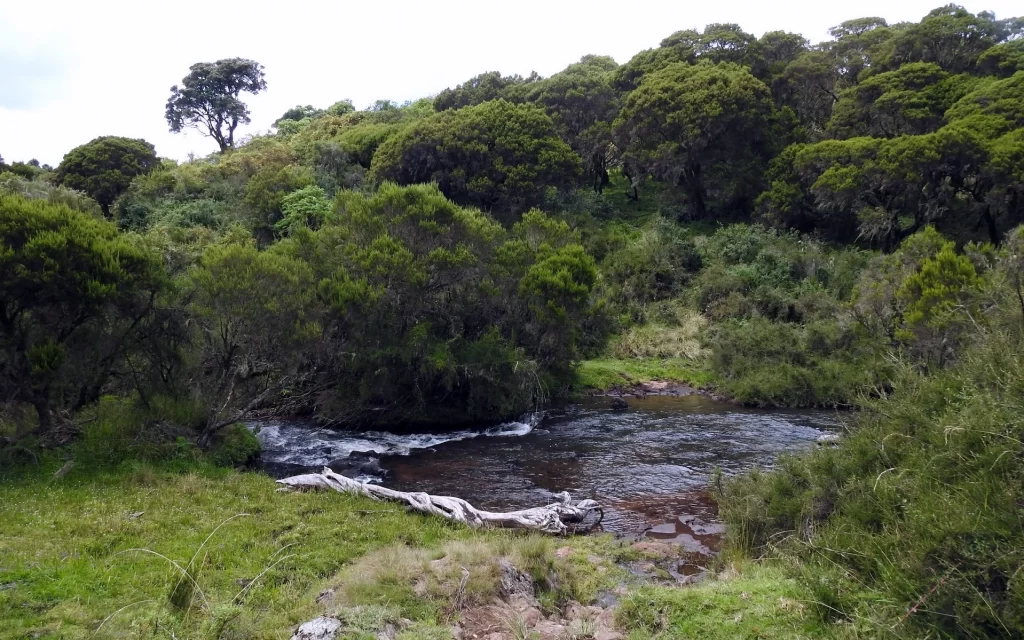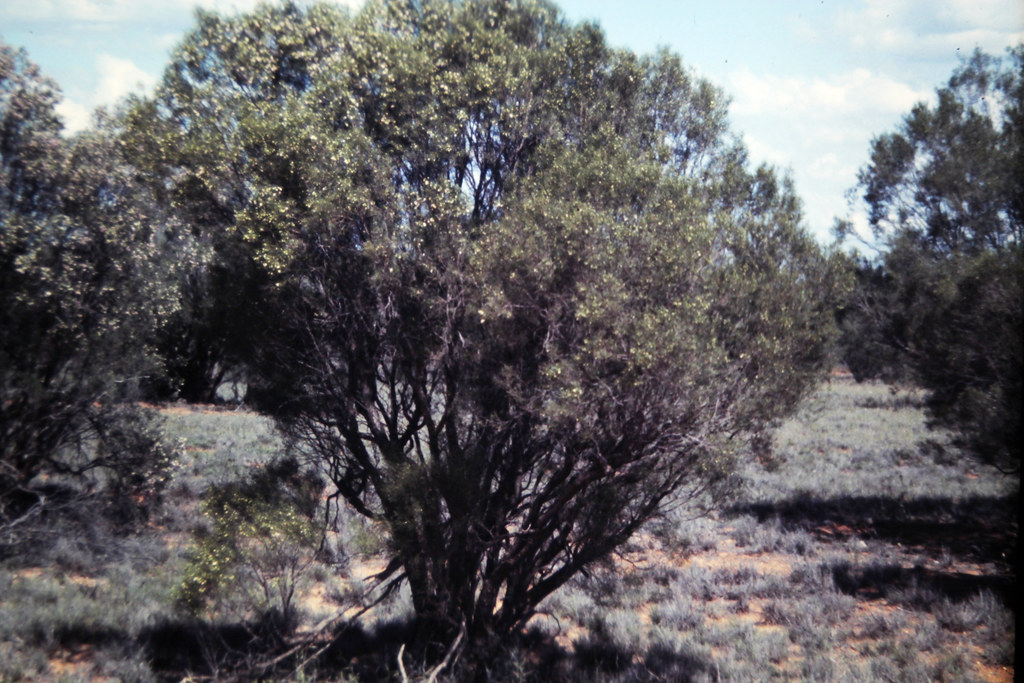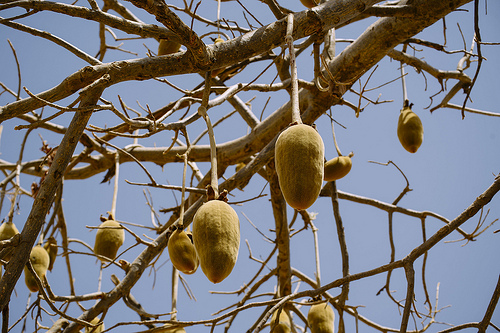1. Acacia species:
The iconic Acacia trees, such as the Acacia senegal and Acacia tortilis, dominate Kenya’s arid and semi-arid landscapes. These hardy trees are not only well-adapted to withstand harsh conditions but also play a vital role in soil conservation. Their deep root systems help prevent erosion, and their presence contributes to the sustenance of numerous wildlife species in these challenging environments.

2. Afro-montane Forest Species:
In the cool highland regions, indigenous trees like the East African pencil cedar (Juniperus procera) and African olive (Olea africana) thrive. These trees are crucial components of Afro-montane forests, providing habitat for unique flora and fauna. They also contribute to water regulation, ensuring a steady flow of rivers and supporting agriculture downstream.

3. Mvule (Milicia excelsa):
Mvule(Milicia excelsa), a hardwood tree native to Kenya, holds economic significance in addition to its ecological role. This tree provides high-quality timber, valued for its durability and resistance to decay. However, sustainable harvesting practices are essential to ensure the continued availability of this valuable resource without compromising the health of the ecosystem.

4. Sandalwood (Osyris lanceolata):
Renowned for its aromatic heartwood, Sandalwood is an indigenous tree with cultural and economic importance. Traditionally used in religious ceremonies and valued for its fragrant oil, Sandalwood has faced threats due to overharvesting. Conservation efforts aim to sustainably manage Sandalwood populations, recognizing its cultural significance and economic potential.

5. Indigenous Fruit Trees:
Trees like the Marula (Sclerocarya birrea) and the Marula (Sclerocarya birrea)bear fruits that are not only nutritious but also form integral parts of local diets and economies. These indigenous fruit trees contribute to food security and income generation for communities, emphasizing the interconnectedness between biodiversity and sustainable livelihoods.

In conclusion, the diverse types of indigenous trees in Kenya underscore the country’s ecological richness and cultural diversity. Each tree species plays a unique role in maintaining environmental balance, preserving biodiversity, and supporting the well-being of local communities. Recognizing and appreciating the importance of these trees is essential for their conservation, ensuring a harmonious coexistence between nature and society as Kenya progresses into the future.



